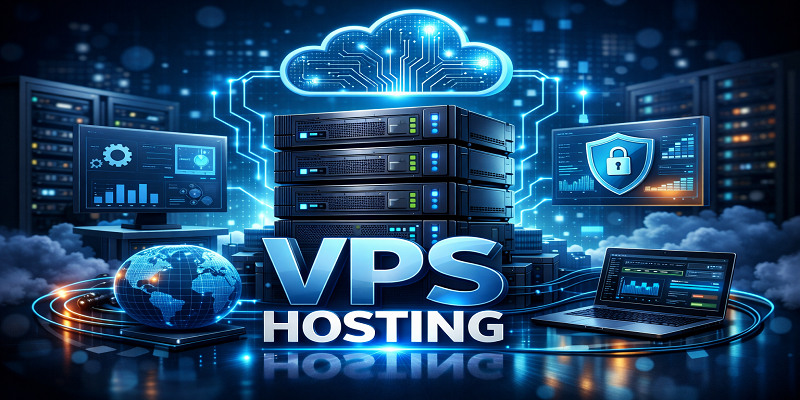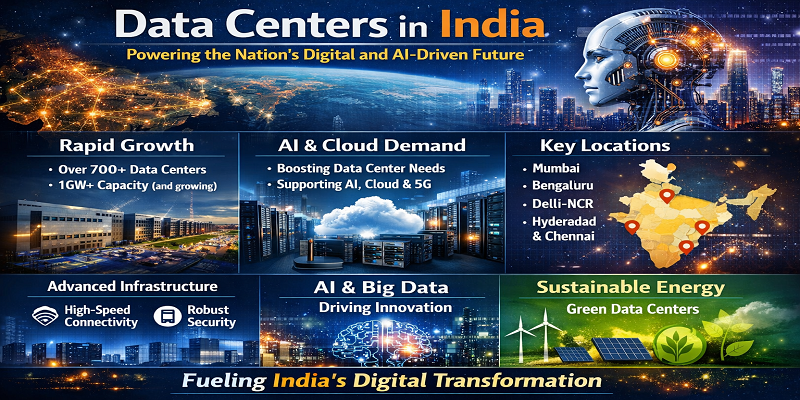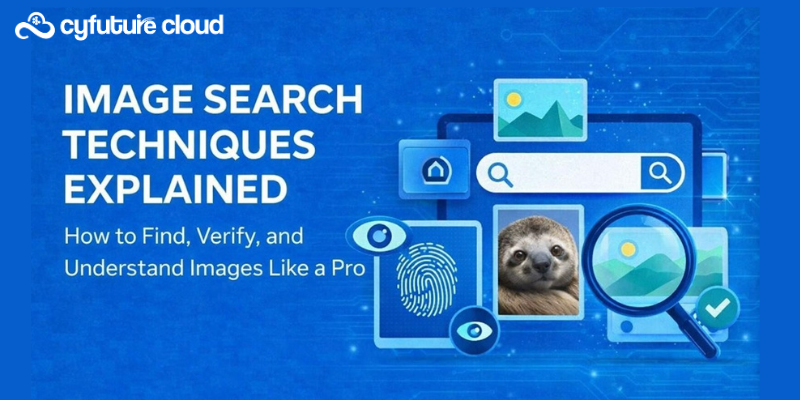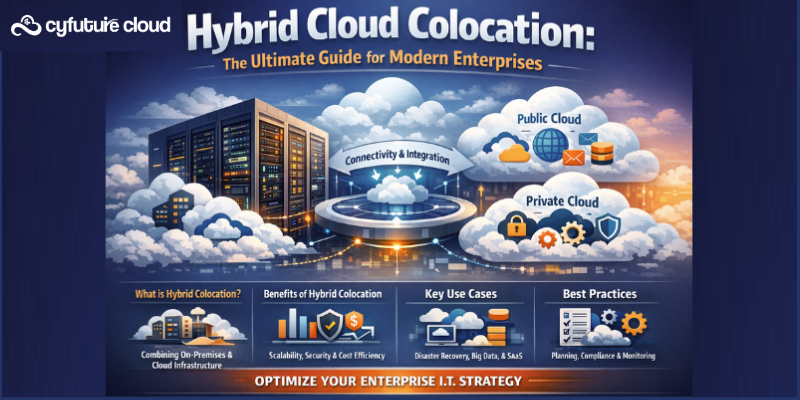Table of Contents
- Overview of cloud-based GPU technology
- Why Use GPU in the Cloud?
- Use Cases of Cloud GPU
- Techniques for optimizing GPU usage and cost-effectiveness in a cloud environment
- Benefits that businesses can gain by using cloud-based GPU resources
- Security and compliance considerations for using cloud-based GPU
- Future developments and trends in cloud-based GPU technology
- Conclusion
Overview of cloud-based GPU technology
Cloud-based GPU technology uses graphics processing units (GPUs) in a cloud computing environment. This allows businesses to access powerful GPU resources through the internet rather than maintaining and managing them on-premises. That means, without being deployed on the user’s local device, cloud-based GPU allows businesses to benefit from this processing power.
Cloud-based GPU technology can be used for many data-intensive applications, including data analysis, artificial intelligence, machine learning, and scientific simulations.
Why Use GPU in the Cloud?
Cloud GPUs are virtual machines with dedicated graphics processing units (GPUs) hosted on a cloud service, allowing for hardware acceleration without needing local GPU hardware. This can result in cost savings and increased flexibility.
They also offer the following benefits to enterprises:
- Simplified Compute Jobs: Cloud GPUs can accelerate compute-intensive tasks such as machine learning and data processing. They provide powerful parallel processing capabilities that can speed up the training of AI models and improve overall efficiency and performance.
- Neural Networks: Instead of using GPUs to train artificial intelligence and deep learning models, one can use specialized hardware, such as TPUs (Tensor Processing Units), specifically designed for these computations. They also have high memory bandwidth and thousands of cores, but they are even faster than GPUs. Another option would be to use a distributed computing framework, where multiple computers work together to train the model, which can also achieve high performance.
- Train ML models: Graphics Processing Units (GPUs) allow for limitless model scaling and cost-efficient training of high-quality models. This is achieved through the GPU’s specialized Single Instruction Multiple Data (SIMD) architectures, which focus on logical cores and excel in handling many calculations and matrix multiplications required by neural networks, resulting in improved speed, performance, and cost-effectiveness.
- Streamline Services: With the use of open-source libraries and the ability to constantly access and control data, you can develop, train and create AI and machine learning models at your own pace. Utilizing Cloud-based Graphics Processing Units (GPUs) enables the swift construction of complex models with high precision, scalability, and flexibility. This accelerates the ability for businesses to predict and plan their operations, revenue, and market outcomes.
- Instant Deployment: Enhance your infrastructure by efficiently deploying applications such as texture mapping, video encoding, and CAD drawings without overburdening your computing systems. Cloud-based Graphics Processing Units (GPUs) save time by allowing developers to quickly iterate through the development process with their fast rendering capabilities, thus making it more efficient.
- High Precision Performance: Graphics Processing Units (GPUs) provide high-performance computing capabilities for parallel applications such as financial risk management, climate modeling, geoprocessing, medical imaging, and video color correction. Through multi-level algorithm optimization, GPU cloud server instances surpass CPU performance and provide significant acceleration.
Use Cases of Cloud GPU
There are a variety of use cases for cloud-based GPU resources, including
- Machine Learning and Deep Learning – allowing businesses to take advantage of the processing power of GPUs to speed up these computationally intensive tasks.
- Scientific Computing – to perform complex simulations and data analysis such as bioinformatics, fluid dynamics, and weather forecasting.
- Image and Video Processing – to process large amounts of image and video data, such as in the fields of security, medical imaging, and autonomous vehicles.
- Gaming and Virtual Reality – allowing businesses to offer these services to a wider audience without expensive hardware.
- Autonomous Machines – to train and run AI models to control autonomous machines such as drones, robots, and self-driving cars.
- Blockchain and Cryptocurrency – used to mine cryptocurrency and perform complex calculations required by blockchain technology.
- 3D rendering and animation – to perform complex rendering and animation tasks, which can benefit industries such as film and video game production.
Techniques for optimizing GPU usage and cost-effectiveness in a cloud environment
Several techniques can be used to optimize GPU usage and cost-effectiveness in a cloud environment:
- Right-sizing: Selecting the appropriate GPU type and instance size for workloads helps ensure efficient use of resources and cost savings.
- Automatic scaling: Automatically adjusting GPU instances based on demand helps ensure the availability of the right amount of GPU resources at the right time.
- Containerization: Containerization technologies like Docker or Kubernetes help allocate GPU resources to specific workloads and prevent wasting on idle or low-priority tasks.
- Spot instances: Spot instances are cheaper than on-demand instances but can be terminated by the cloud provider if the spot price increases. It’s a cost-effective option for flexible workloads.
- Preemptible instances: Short-term instances can be terminated by the cloud provider and it can be cost-effective for batch jobs or workloads that can be interrupted.
- GPU Sharing: GPU resource sharing using technologies such as NVIDIA GPU Cloud reduces a total number of required GPUs.
Benefits that businesses can gain by using cloud-based GPU resources
There are several benefits that businesses can gain by using cloud-based GPU resources:
Scalability
Expanding an organization’s workload will require a GPU to handle the increase. Using cloud-based GPU resources allows for easy scaling, where more GPUs can be added seamlessly to meet the increased workload. Scaling down is also possible quickly, resulting in efficient resource utilization and cost savings.
Cost-effective
Cloud-based GPU resources allow businesses to avoid costly investments in hardware and infrastructure by providing GPU access on an as-needed basis. By renting cloud GPUs at a lower cost on an hourly basis, businesses can pay only for the resources they use, as opposed to buying expensive physical GPUs that may not be used frequently.
Access to specialized hardware
Cloud providers often offer specialized GPU instances optimized for specific tasks such as machine learning, scientific computing, and gaming. This allows businesses to access high-performance GPU resources without investing in expensive specialized hardware.
Flexibility
It can be accessed remotely, allowing businesses to access their resources from anywhere with an internet connection.
Speed and Efficiency
Using cloud-based GPU resources can help speed up the processing of large data sets and complex computations, benefiting businesses that rely on data-intensive tasks such as image or video processing, deep learning, and scientific simulations.
Flexible software
Usually, cloud providers have a wide range of pre-installed software, libraries, and frameworks for machine learning and deep learning, this can save time and effort for businesses.
High availability
Cloud providers typically have high availability and disaster recovery options to ensure that the business’s resources are always available.
Security
Cloud providers usually have multiple layers of security to protect the businesses data and resources.
Collaboration
It can be shared among multiple users and teams, allowing for greater collaboration and faster results.
Security and compliance considerations for using cloud-based GPU
When using cloud-based GPU resources, there are several security and compliance considerations that businesses should be aware of:
- Ensure that your business data is properly encrypted both in transit and at rest to protect it from unauthorized access.
- Businesses should implement robust access controls to ensure that only authorized users can access their cloud-based GPU resources. This includes implementing multi-factor authentication and role-based access controls.
- Businesses should ensure their network is configured and secured to protect against cyber threats. This includes implementing firewalls, intrusion detection/prevention systems, and virtual private networks (VPNs).
- Being a business owner, you should be aware of the various compliance requirements that apply to your industry. Ensure that your cloud-based GPU resources comply with them. This may include compliance with HIPAA, SOC2, or PCI DSS regulations.
- To detect and respond to security incidents, businesses should monitor and audit their cloud-based GPU resources. This may include using security information and event management (SIEM) tools and regular vulnerability scans.
- Businesses should ensure that their cloud provider has robust security measures and is compliant with industry standards. This includes regular security audits and certifications such as SOC 2, PCI DSS, and ISO 27001.
- To respond to security incidents, businesses should have a plan, including incident response procedures, communication plans, and incident management teams.
Future developments and trends in cloud-based GPU technology
According to a study by MarketsandMarkets, the cloud-based GPU market is expected to grow from $1.3 billion in 2018 to $5.8 billion by 2023, at a CAGR of 34.5% during the forecast period. There are several future developments and trends in cloud-based GPU technology that businesses should be aware of:
Edge computing
This will allow businesses to perform computations closer to the source of the data, reducing latency and improving efficiency.
Customized GPU instances
Machine learning and scientific computing are customized GPU instances that allow businesses to access specialized hardware and software, making it easier to perform specific tasks.
Increased use of AMD GPUs
These GPUs offer similar performance at a lower cost, making them an attractive option for businesses.
Quantum computing
This technology can potentially revolutionize fields such as artificial intelligence and cryptography.
Greater use of containerization and Kubernetes
These are used in businesses to deploy and manage their cloud-based GPU resources. This allows for greater flexibility and scalability, making deploying and managing applications easier.
More hardware-agnostic software
This will allow businesses to use their preferred cloud provider without worrying about compatibility issues.
Custom accelerator
It can provide a significant performance boost for specific workloads.
Conclusion
Cloud GPUs offer high performance, fast processing, scalability, and ease of use, making them an ideal choice for accelerating deep learning models and handling AI workloads. Consider selecting a cloud GPU platform that comes with built-in capabilities.So, upgrade your business’s technology with cloud-based GPUs and experience the benefits of increased speed, scalability, and efficiency. Take the first step and try the Cyfuture cloud platform today.
Recent Post
Send this to a friend

 Server
Colocation
Server
Colocation CDN
Network
CDN
Network Linux
Cloud Hosting
Linux
Cloud Hosting Kubernetes
Kubernetes Pricing
Calculator
Pricing
Calculator
 Power
Power
 Utilities
Utilities VMware
Private Cloud
VMware
Private Cloud VMware
on AWS
VMware
on AWS VMware
on Azure
VMware
on Azure Service
Level Agreement
Service
Level Agreement 



















